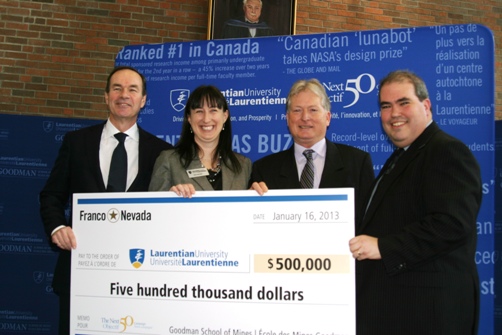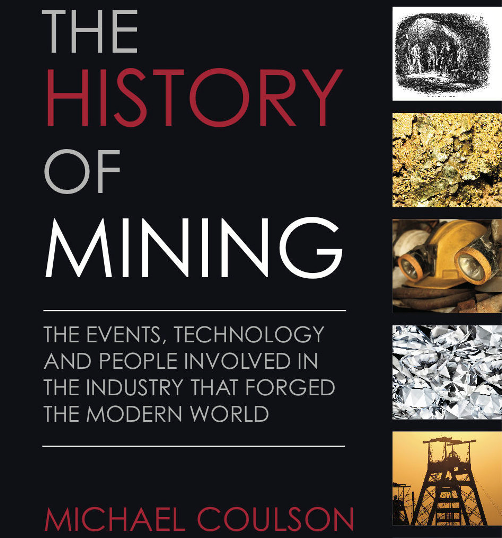The Globe and Mail is Canada’s national newspaper with the second largest broadsheet circulation in the country. It has enormous influence on Canada’s political and business elite.
There’s lots of opportunities in northern Ontario if the province would provide
transportation links to help convince companies to process and refine minerals
found in the huge Ring of Fire deposit, about 500 kilometres northeast of Thunder
Bay, which would create badly needed jobs in the area, said Mr. Sousa.
“We need to establish a rail or transportation system, a spine to the north,
providing access to isolated communities,” he said.“The ripple effect that’s
going to happen will be tremendous providing we harness it and we do the smelting
and the processing of the chromite and we produce stainless steel in Ontario.”
Former labour minister Charles Sousa sees himself as the compromise candidate in the race to become Ontario Liberal leader, the one who can come up the middle and grab the brass ring just as then little-known backbencher Dalton McGuinty did in 1996.
“It’s anybody’s game” said Mr. Sousa after he placed fifth in delegate selection for the upcoming leadership convention with about 11 per cent support, compared with 27.4 per cent for front-runner Sandra Pupatello and 25.2 for second-place Kathleen Wynne.
“I want to impress upon all the delegates to look at me as a third alternative.”


























